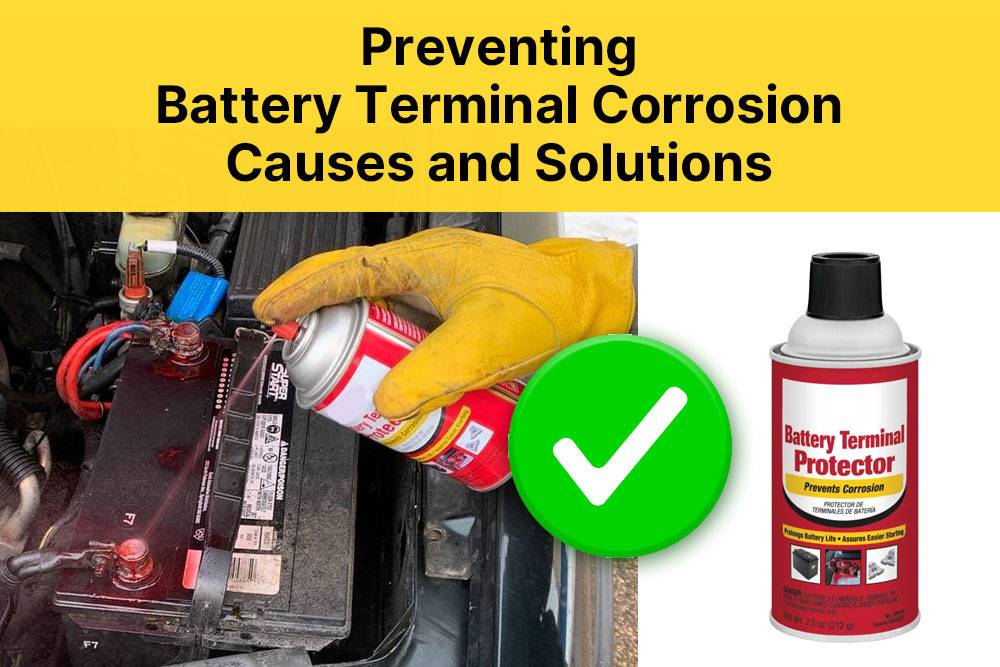
Blog
How to Maintain Thor Motor Coach RV AGM Batteries for Longevity?
AGM (Absorbent Glass Mat) batteries in Thor Motor Coach RVs require regular maintenance to ensure longevity. Key practices include monitoring voltage, avoiding over-discharge, cleaning terminals, and storing at optimal temperatures. Proper charging with compatible chargers and routine inspections prevent sulfation and capacity loss. Following these steps maximizes battery life and ensures reliable power for your RV adventures.
Lithium LiFePO4 RV Batteries China Factory
How Often Should You Charge AGM Batteries to Prevent Damage?
Charge AGM batteries when they reach 50% discharge (around 12.1 volts). Use a smart charger with AGM-specific profiles to avoid overcharging. Monthly charging during storage prevents sulfation. Never let batteries sit fully discharged, as this accelerates degradation. Top off charges before trips to ensure peak performance.
For optimal charging frequency, consider your usage patterns. Frequent campers should recharge after each outing, while seasonal users need a strict maintenance schedule. AGM batteries tolerate partial state-of-charge better than flooded batteries but still benefit from full recharges. Below is a charging frequency guide based on usage:
| Usage Frequency | Recommended Charging Interval |
|---|---|
| Daily Use | Recharge when voltage drops to 12.2V |
| Weekly Use | Charge every 10-14 days |
| Seasonal Storage | Monthly maintenance charging |
What Cleaning Methods Prevent Corrosion on Battery Terminals?
Clean terminals every 3-6 months using a baking soda-water solution (1 tbsp soda:1 cup water) and a brass brush. Rinse with distilled water, dry thoroughly, and apply anti-corrosion gel. Inspect cables for fraying during cleaning. This prevents voltage drops and ensures efficient energy transfer.
Which Storage Practices Protect AGM Batteries in Off-Seasons?
Store batteries at 50-70% charge in climate-controlled environments (50-80°F). Disconnect negative terminals and use maintenance chargers. Check voltage monthly, recharge if below 12.4V. Avoid concrete floors—place on wooden pallets. These steps prevent temperature-related capacity loss and discharge.
Long-term storage requires additional precautions. Use a dedicated battery storage mode on smart chargers that delivers pulsed maintenance charges. Install vent caps if storing in semi-enclosed spaces, though AGM batteries don’t require active ventilation. For winter storage below freezing, consider bringing batteries indoors or using insulated blankets. Always label batteries with the last charge date and voltage reading for easy monitoring.
| Storage Duration | Preparation Steps |
|---|---|
| 1-3 Months | Charge to 80%, disconnect terminals |
| 3-6 Months | Use maintenance charger, monthly checks |
| 6+ Months | Rotate batteries into service periodically |
How Does Temperature Affect AGM Battery Performance?
Extreme cold reduces cranking amps by 30-50%, while heat above 100°F accelerates water loss. Ideal operating range is 50-85°F. Use insulation blankets in winter and ventilated compartments in summer. Temperature-compensated charging adjusts voltage to prevent under/overcharging in varying climates.
What Voltage Levels Indicate Replacement Needs?
Replace batteries if resting voltage (12+ hours post-charge) falls below 12.4V or capacity drops under 80%. Load testing reveals true health—replace if voltage dips below 10.5V under load. Swollen cases or terminal corrosion extending to cables also signal replacement needs.
Can You Upgrade Thor Motor Coach Battery Systems?
Upgrade to lithium-ion or higher-capacity AGM batteries by verifying compartment dimensions and electrical system compatibility. Install battery management systems (BMS) for advanced monitoring. Parallel configurations increase capacity but require matched batteries. Consult Thor’s wiring diagrams to avoid overloading circuits.
How Do Warranties Impact Battery Maintenance Decisions?
Most AGM warranties (2-5 years) require proof of proper maintenance—keep charging records and voltage logs. Pro-rated replacements calculate credit based on monthly voltage checks. Third-party upgrades may void warranties; check manufacturer policies before modifications.
Does Solar Integration Optimize AGM Battery Lifespan?
Solar panels with MPPT controllers maintain optimal charge states, reducing deep cycles. Size arrays to provide 10-20% of battery capacity daily. Use DC-coupled systems to avoid inverter losses. Solar reduces generator runtime, decreasing sulfur buildup and extending life by 15-20%.
Expert Views
“Proper AGM maintenance isn’t optional—it’s insurance against RV power failures. We recommend bi-annual professional load testing and using infrared thermometers to spot hot connections. The #1 mistake? Owners think ‘maintenance-free’ means no maintenance. That’s a myth—even sealed batteries need care.”
– Redway Power Systems Lead Engineer
Conclusion
Effective Thor Motor Coach AGM battery maintenance combines voltage monitoring, cleaning rituals, and climate-aware storage. Implementing smart charging, solar integration, and warranty-aware practices extends service life beyond 5 years. Regular inspections catch issues early, preventing costly replacements and ensuring uninterrupted power for your mobile adventures.
FAQ
- Can I use car battery chargers for RV AGM batteries?
- No—RV AGM batteries require chargers with higher amperage (20-100A) and adjustable absorption/float voltages. Automotive chargers often lack necessary profiles, risking undercharging.
- How long do AGM batteries last in RVs?
- 3-7 years with proper maintenance. Factors include discharge depth, charging quality, and ambient temperatures. Annual capacity testing helps predict replacement timing.
- Are AGM batteries safer than flooded lead-acid?
- Yes—AGM’s sealed design prevents acid spills and emits minimal hydrogen gas. They’re safer for enclosed RV compartments and handle vibration better than flooded batteries.




